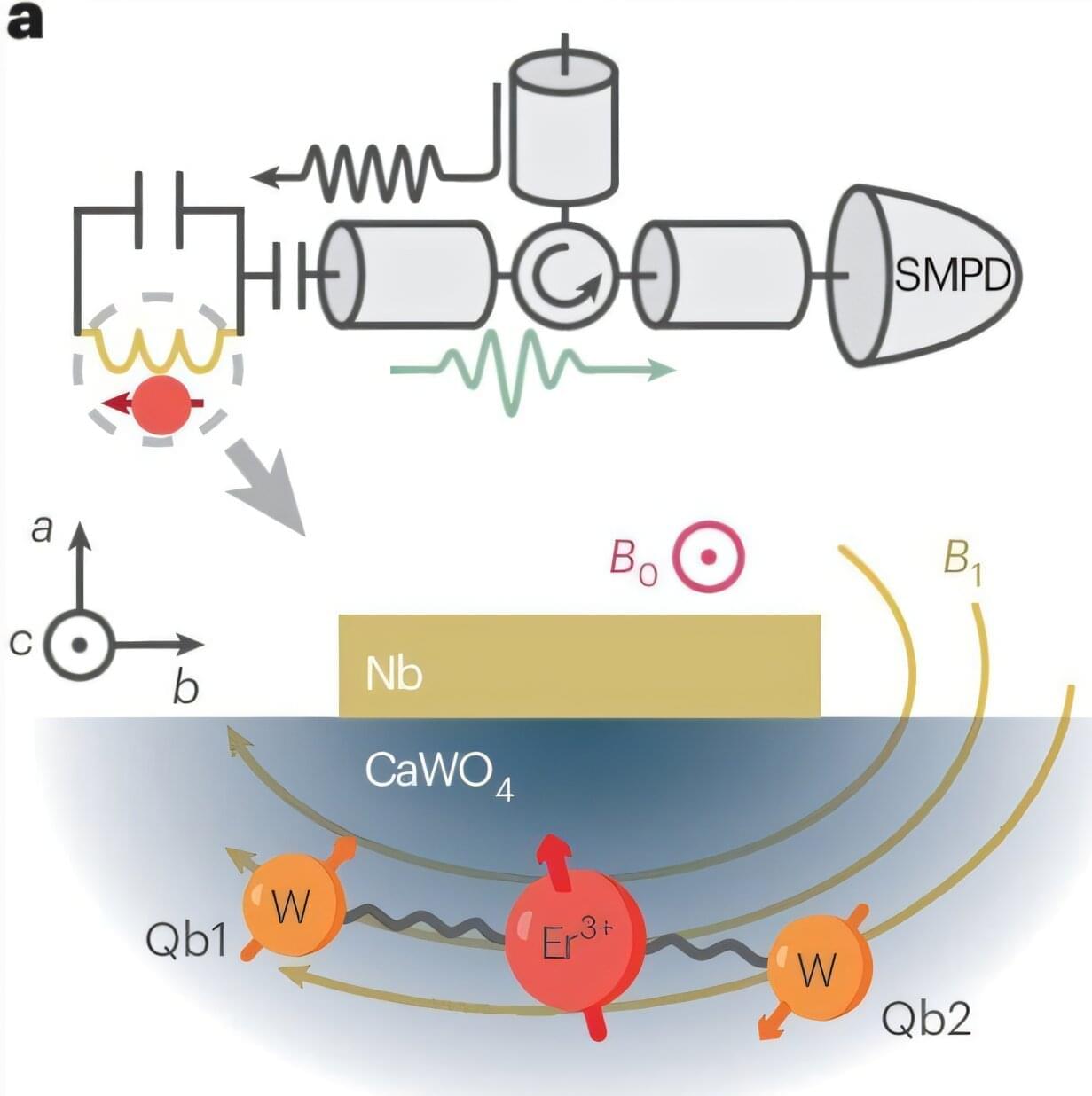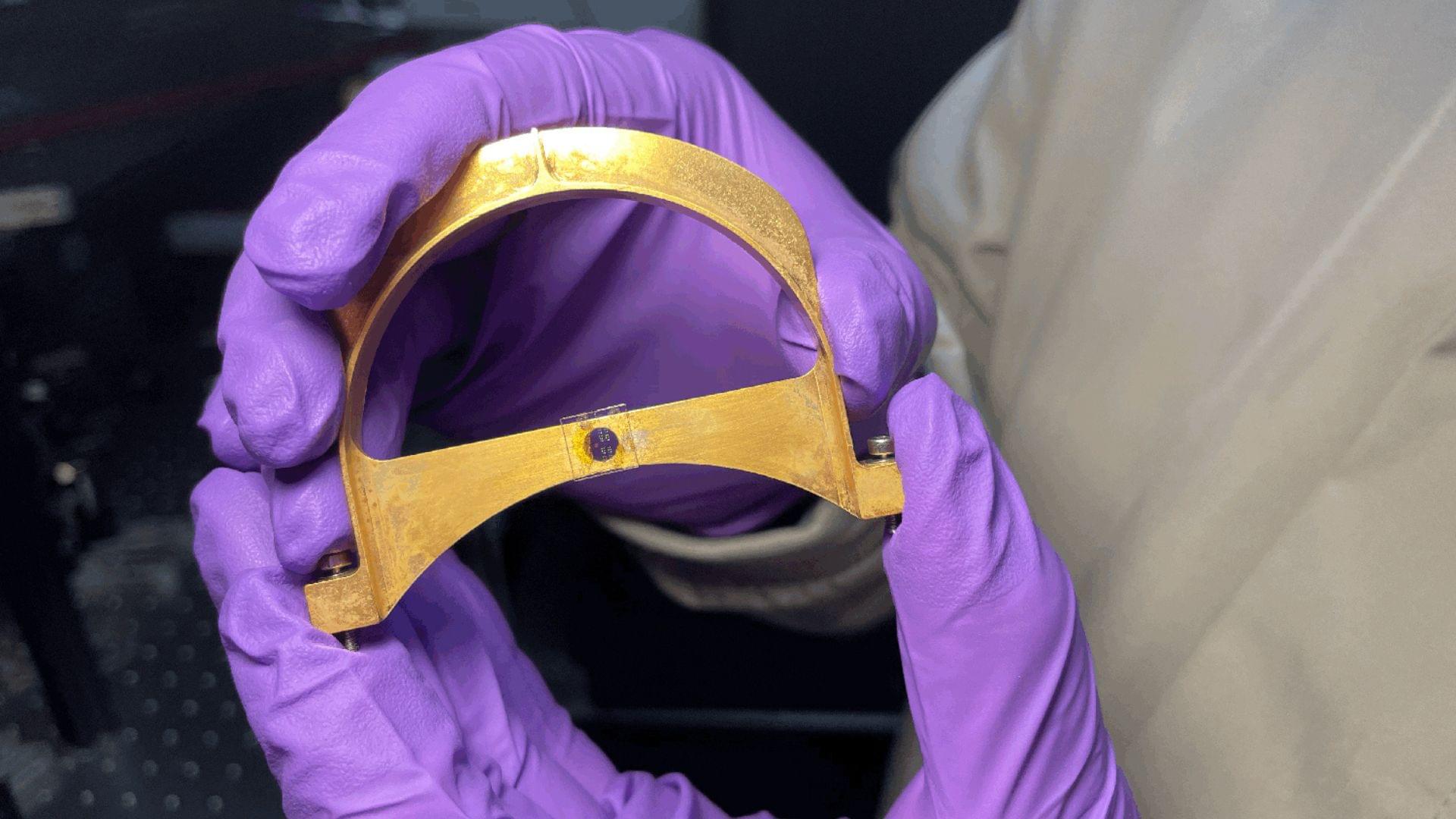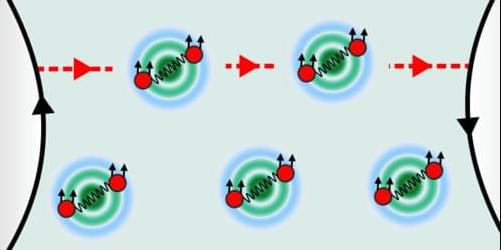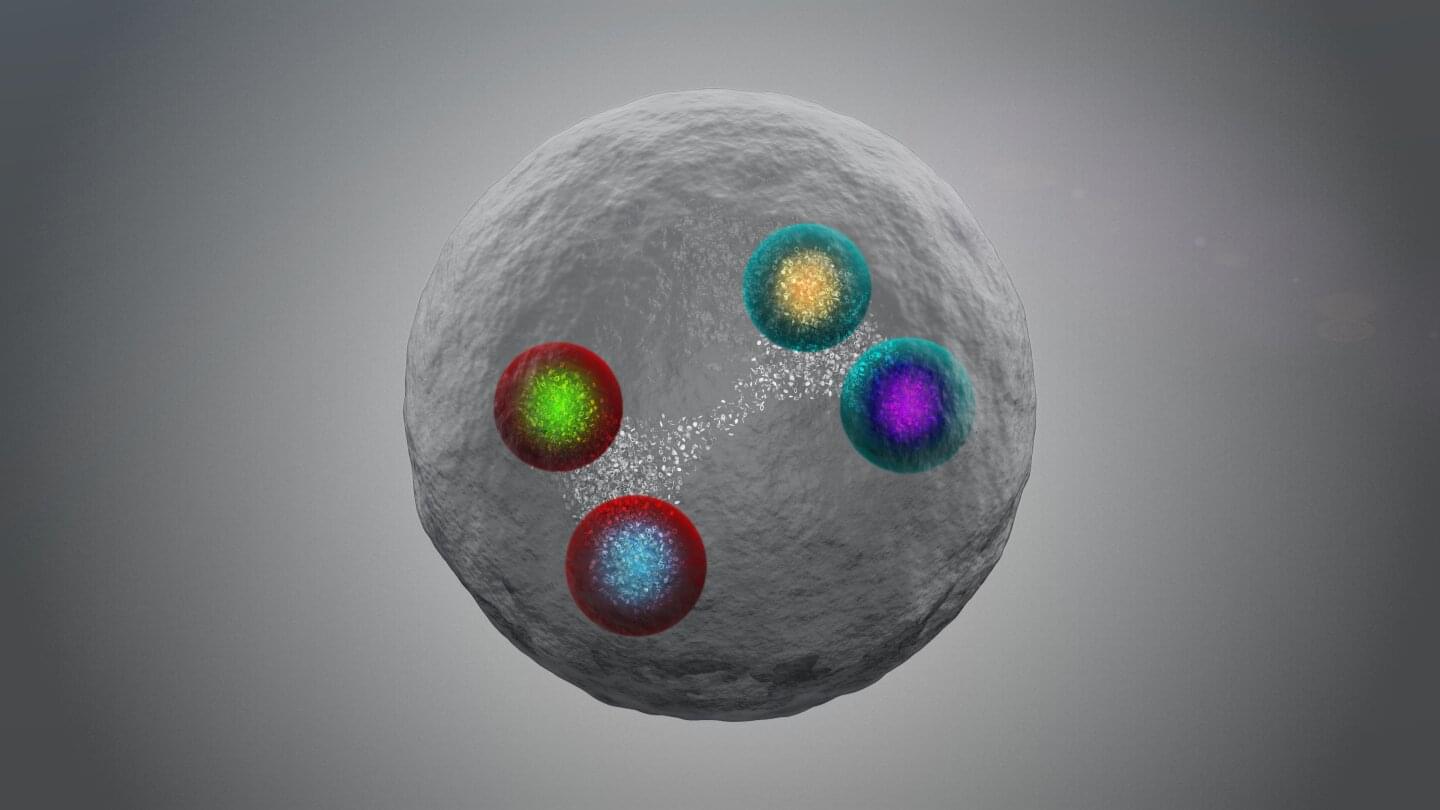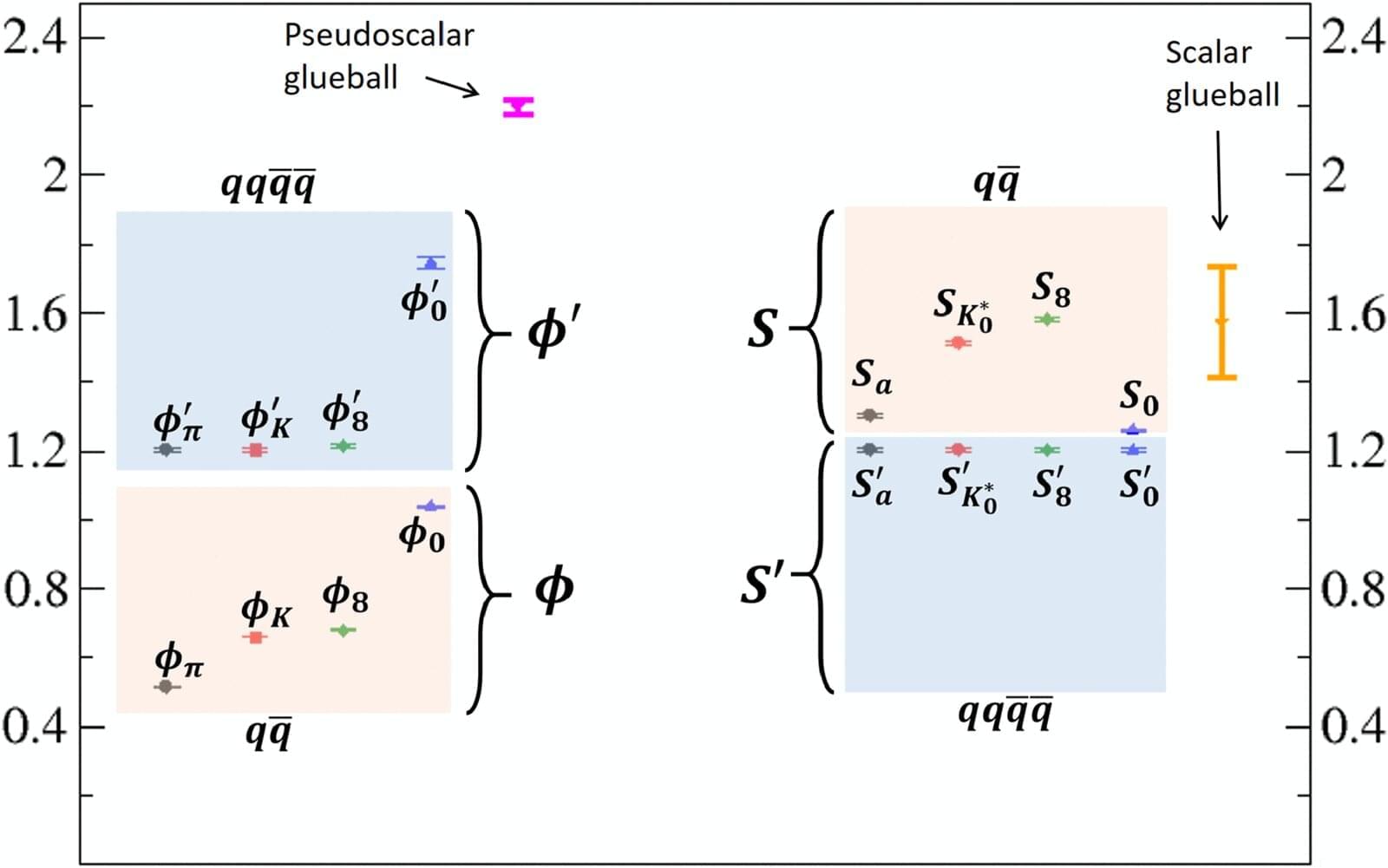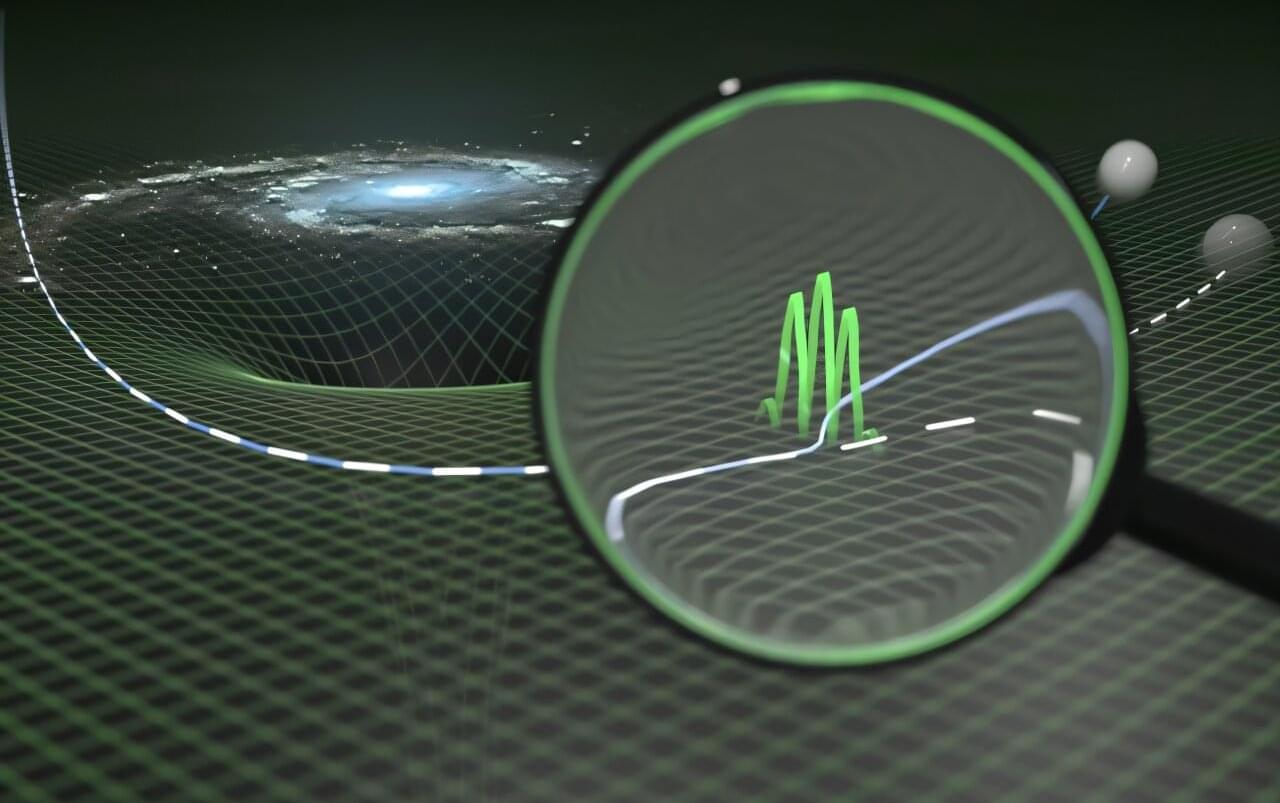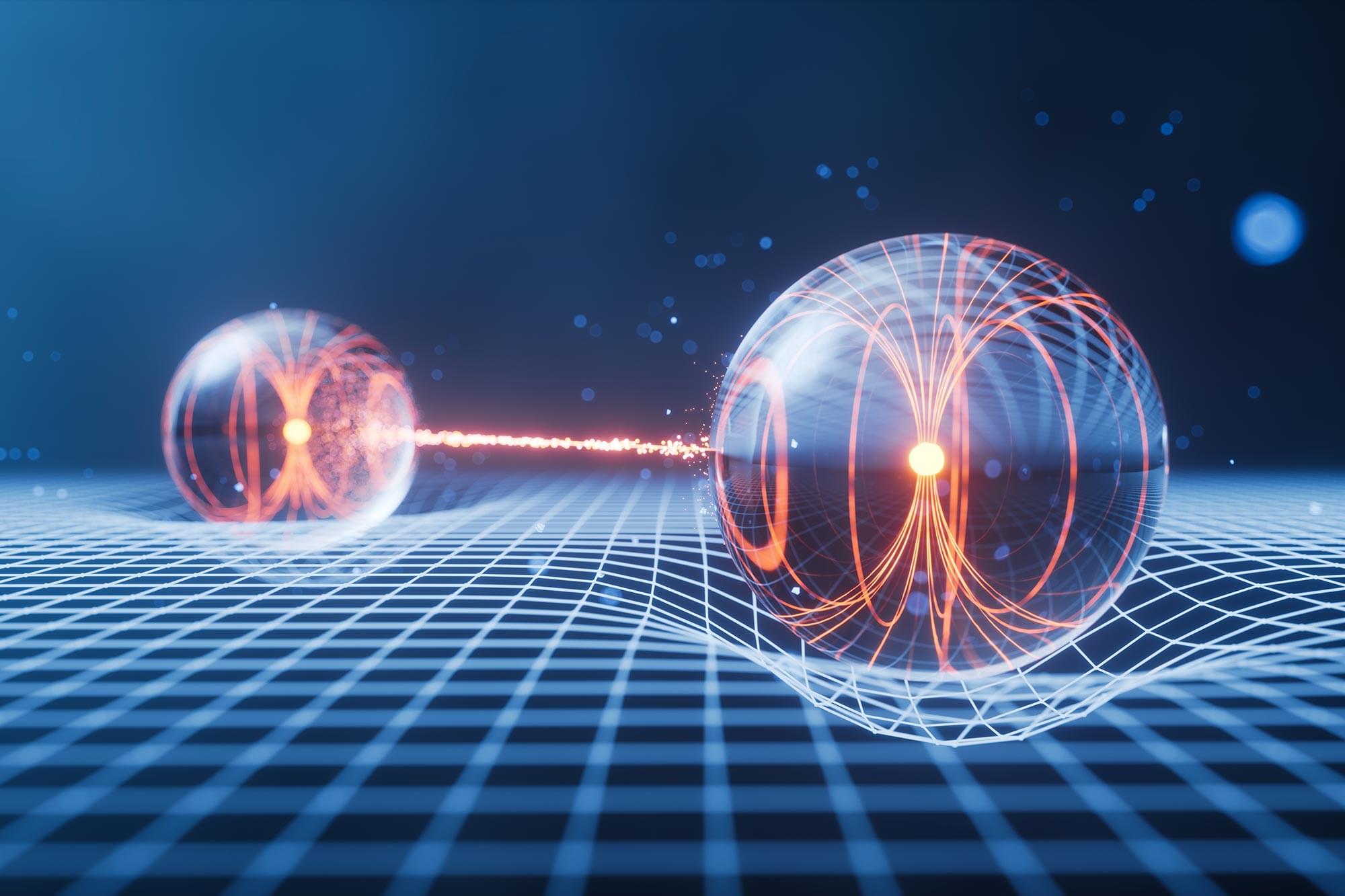Quantum computers, systems that process information leveraging quantum mechanical effects, have the potential of outperforming classical systems on some tasks. Instead of storing information as bits, like classical computers, they rely on so-called qubits, units of information that can simultaneously exist in superpositions of 0 and 1.
Researchers at University Paris-Saclay, the Chinese University of Hong Kong and other institutes have developed a new quantum computing platform that utilizes the intrinsic angular momentum (i.e., spin) of nuclei in tungsten-183 (183 W) atoms as qubits.
Their proposed system, introduced in a paper published in Nature Physics, was found to achieve long coherence times and is compatible with existing superconductor-based quantum information processing platforms.
